The dizzying smell of freshly brewed coffee symbolizes the awakening and a great start to the day. The main secret to the richness of the taste of the morning drink and well-being after drinking it is correctly selected coffee varieties.
Material Content:
- 1 How many varieties of coffee are there in the world
- 2 Classification by type of coffee beans
- 3 Grain Quality Characteristic
- 4 Varieties by country of production
- 5 List of the best varieties of the drink
- 6 Coffee Beans: Top Grade Rating
- 7 Elite coffees
- 8 The most expensive coffee
- 9 How to choose coffee to your taste
How many varieties of coffee are there in the world
Coffee - a drink made from specially prepared coffee tree beans. This type of plant is found in tropical countries and represents evergreen shrubs and trees, in the fruits, the bark and leaves of which contain caffeine.
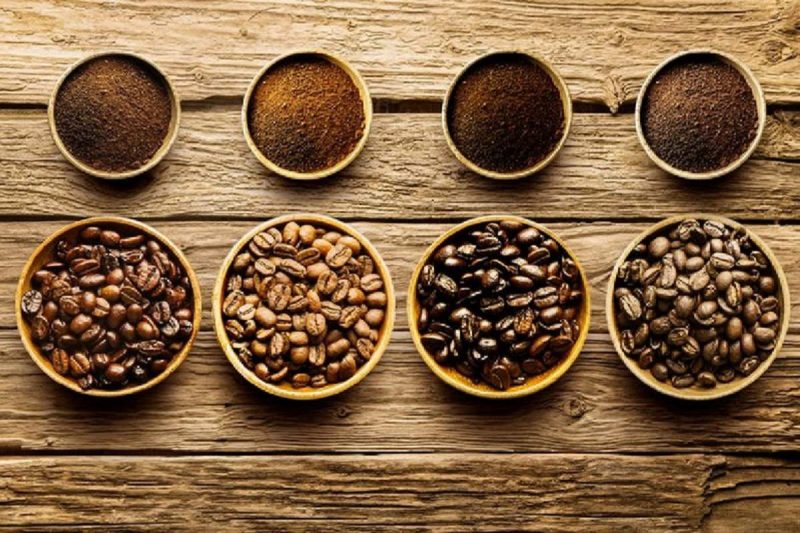
The fruits of the coffee tree are round bright red berries with two seeds inside. These seeds are called coffee beans.
Fresh seeds of a pale greenish color look a little appetizing - a rich brown color and a characteristic aroma of coffee beans acquire only after roasting.
It is impossible to unequivocally answer the question of how many varieties of coffee exist in the world. Despite the fact that more than 90 biological species of coffee tree are known, the fruits of not all of them are suitable for eating.
Arabian coffee is considered the most common. The next most popular is Congolese coffee called robusta. Lesser known species are liberic and excels.
The main varieties of coffee trees, arabica and robusta, are cultivated in many regions.
The conditions in which the plants are grown affect the final taste and aroma of the beans, so the name of each type of coffee reflects information about its origin:
- producing country;
- a subspecies of the plant;
- land holdings where the coffee tree grew;
- terrain features - the presence of mountains, valleys or nearby cities;
- commercial affiliation to any brand.
Each new coffee is the result of the work of breeders whose main task is to grow a plant that is resistant to pests, with a high yield and excellent taste characteristics.
Classification by type of coffee beans
To obtain grains, coffee berries are subjected to processing, during which the pulp surrounding the seeds and several protective layers are eliminated. It is important to maintain the integrity of the grains themselves.
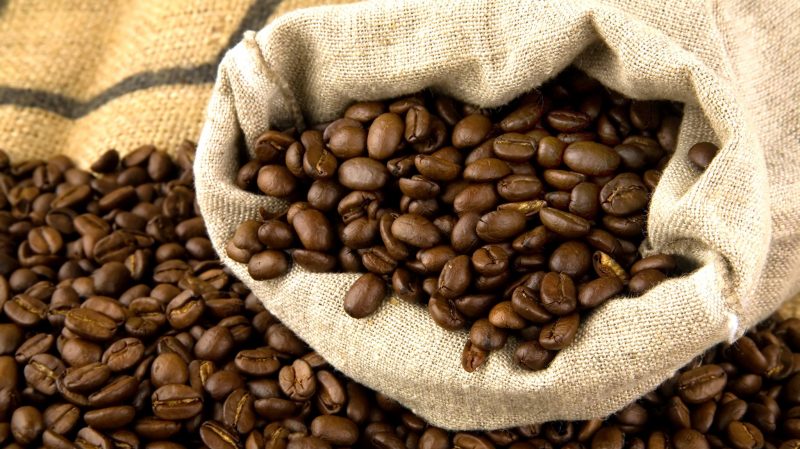
Next, coffee seeds are sorted by size. For this, the refined raw grains are sieved through a sieve with different mesh sizes.
Most coffee berries have two grains. But about 5% of the fruits may contain one large grain formed by the fusion of two seeds. Such grains are sieved and isolated in a separate variety.
Grains whose size exceeds 8 mm are considered to be very large.
Further, the classification of grains corresponds to the following sizes:
- extra large - 7.5 mm;
- large - 7.1 mm;
- large enough - 6.7 mm;
- good - 6.35 mm;
- medium - 5.95 mm;
- small - 5.55 mm;
- small - 5.16 mm;
- very small - 4.76.
Similar methods for sorting coffee beans are necessary for their subsequent classification and are used not only by manufacturers, but also by countries purchasing the product.
However, a single standard for determining the quality and defects of coffee beans has not yet been adopted.
Grain with black spots or damage caused by putrefactive processes and insects is generally considered defective. After roasting, it is almost impossible to detect such specimens.
Grain Quality Characteristic

Qualitative characteristics of coffee beans are classified using letter designations:
| Quality level | Marking |
|---|---|
| Elite | AA or A |
| Good | AB |
| Average | B or VA |
| Low | BB or C |
The following standards are used in the international market for the classification of coffee beans:
- Colombian Midls - coffee varieties from Colombia, Tanzania and Kenya. Their value determines the prices of all other types of grains;
- Other Midls - coffee varieties from Central America and Mexico;
- Brazil - all kinds of Brazilian coffee and some South American countries;
- Robustas - all types of robusta, regardless of the country of manufacture.
In addition, coffee beans are classified by the method of processing and roasting.
Methods for determining the quality of coffee beans in accordance with GOST
Many countries of the world use the unified GOST 6805-97 to classify the quality indicators of coffee beans. This document provides three levels of quality - the highest, first and second grade.
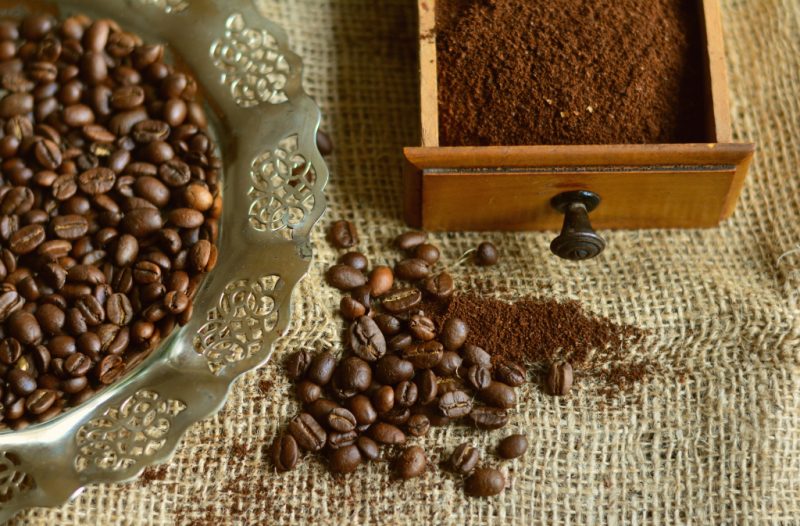
Conformity Indicators:
- Top grade. Coffee beans are dull or shiny with uniform roasting. Located in the middle of the grain groove of light tone. Combine several flavoring shades. Differ in a soft distinguished aroma.
- First grade. The color of the coffee seed is deep brown. The aroma is weak, despite the severity of taste. The presence of broken grains is allowed.
- Second grade - all other categories of raw materials.
Varieties by country of production
Regional affiliation of coffee is an important criterion that determines its taste characteristics.

The optimal climatic conditions for creating coffee plantations are famous for countries that are in relative proximity to the equator. The countries of South America supply half of all coffee in the world, but Brazil belongs to the championship.
Along with Brazil, Colombia, Indonesia, Ethiopia, Vietnam, and India are among the world leaders in coffee production.
The taste of coffee beans depends on the composition of the soil in which the tree grew, the amount of rainfall and sunny days in this area, and altitude. There is an opinion that the higher the tree grew, the more pronounced the taste and aroma of the drink from its seeds.
In each country of origin, its best varieties of coffee are recognized:
- “Maracaibo” - a coffee from Venezuela is distinguished by a light wine hue, while the variety “Merida” has a sweet but strong aroma.
- Harar is coffee from Ethiopia. It is characterized by lemon and floral notes in combination with a wine flavor and spicy bitterness.
- Coffee from Havana - “Kona”, a unique variety of hand-picked beans. It has a velvety taste and nutty finish.
- "Altura" - coffee from Mexico. Chocolate and nut tones are inherent in it.
- Colombia. The most famous are Supremo, Extra, and Excelso.
- Guatemala. It produces a unique type of coffee "Antigua Volcanic". It is strong, fragrant, with a small bitterness and a smack of smoke.
- Costa Rica is a coffee producer with a classic flavor, delicate aroma and nutty finish. The best are Margarita, Costa Rica and Kashi.
- Puerto Rico is famous for the varieties of the same name with a delicate, but rich aroma.
- Tanzania. The most famous are Moshi and Kilimanjaro.
List of the best varieties of the drink
The vast majority of coffee varieties are varieties of the two main types of beans, Arabica and Robusta.
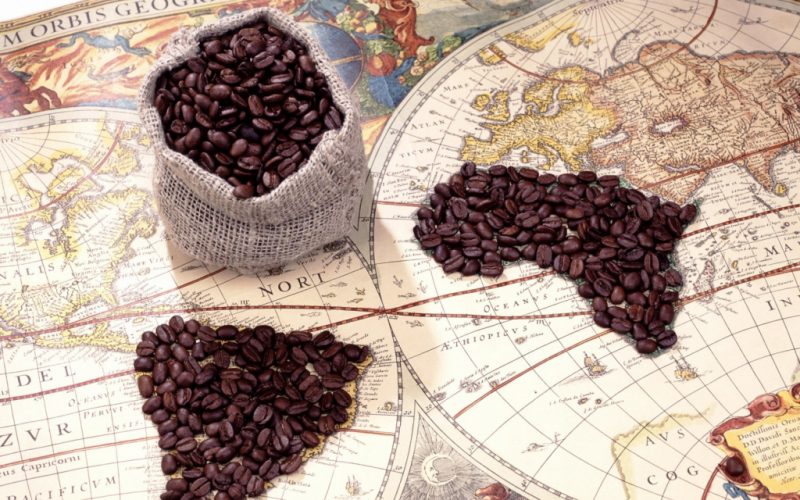
Ethiopia is considered the homeland of Arabica. Beans of this type of coffee are distinguished by an elongated shape and a pronounced longitudinal groove. The composition of arabica fruits includes a large number of aromatic oils (18%) and a small amount of caffeine (up to 1.5%). Such grains have a soft, delicate and pleasant taste with a touch of light acidity.
The birthplace of robusta is Central Africa. These grains are small in size, rounded in shape, with specks located on both sides of the groove.
Compared to Arabica, Robusta contains less aromatic oils (8%) with higher caffeine (3%). Grains have a rich but coarse aroma and a sharp, astringent taste.
Coffee Beans: Top Grade Rating

The popularity of many varieties of coffee correlates with the regions of their cultivation:
- Australia - Arabica Skyberry;
- Asia - Mocha Mattari (Yemen), Robusta Cherry, Arabica Monsund (India);
- South America - “Arabica Santos” (Brazil), “Arabica Supremo” (Colombia), “Arabica Maragogip” and “Arabica Antigua” (Guatemala);
- Africa - “Arabica Burundi”, “Arabica Kenya”, “Arabica Ethiopia Sidamo”.
Any lover of the drink can get coffee with a favorite taste and aroma by mixing those varieties that he likes the most.
Elite coffees
Only an insignificant part of coffee beans collected on plantations of the world has the right to be classified as elite. This category includes specially selected grains of arabica, grown at an altitude that exceeds 1000 meters above sea level.
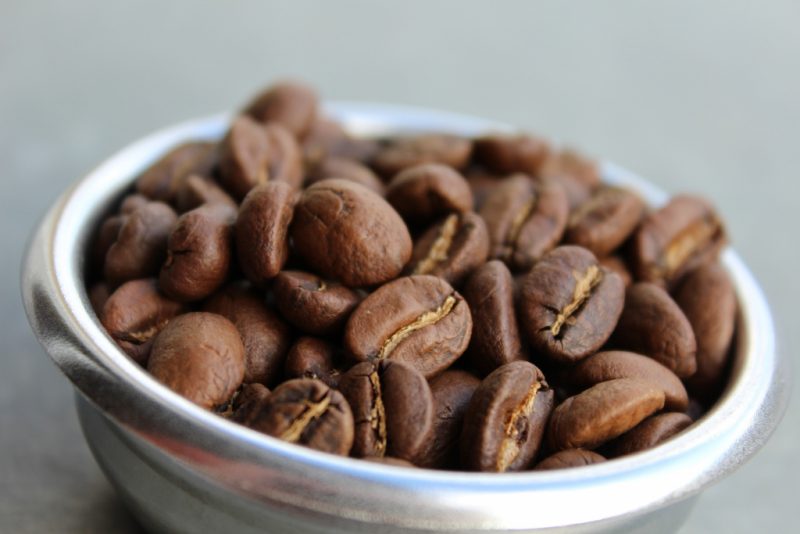
There are such plantations in South and Central America, Africa and southeast Asia. To create a blend, grains are taken from one crop, therefore, on the packaging of the finished product always indicate not only the country of manufacture and the name of the plantation, but also the year of collection of raw materials.
Elite coffee is acquired exclusively through auctions or by special order.
The most expensive coffee
Among the elite are the most expensive coffee varieties in the world. There are several of them - Indonesian Kopi Luwak, Vietnamese Chon and Thai Black Ivory. These are exclusive products, the production method of which is hardly traditional.

- Kopi Luwak - the most expensive coffee grains in the world.The taste of the drink obtained from them is diverse and rich. It contains notes of dark chocolate with a touch of caramel and vanilla. Get exotic coffee in a rather unusual way - from the excrement of animal musanga, also known as the Chinese badger. These animals love to feast on fresh coffee berries, but the grains are not digested in their stomach and are excreted along with the entire litter. Thanks to the processing of the animal by gastric juice, coffee beans acquire unique taste characteristics. The complete production process of Kopi Luwak is kept secret.
- Chon coffee beans are also obtained from the litter of an animal living in Vietnam - Asian palm marten. The taste of grains after processing acquires shades of cocoa, vanilla, caramel and hot chocolate.
- Thais adapted to use elephants to obtain Black Ivory. These large animals eat fruits, so coffee beans become fruity after being in their stomach.
How to choose coffee to your taste
To get real pleasure from the drink, you need to learn how to choose coffee beans.

Experts recommend paying attention to such details:
- The grain size is 6-8 mm if it is arabica, and 4-5 mm if it is robusta.
- All grains in the package must be the same size, without damage and any stains.
- The higher the percentage of robusta content in mixed products, the lower their quality and cost.
- The degree of roasting affects the taste of the drink. The lightest is Scandinavian, the strongest is Italian. The average degree of roasting coffee beans offer Austrians and Americans.
- The degree of grinding is chosen in accordance with the method of preparation. For Eastern coffee, it is better to take a fine grinding, and for ordinary brewing in a coffee pot, an average one is suitable.
And of course, when choosing a coffee grade and manufacturer, it is worth considering personal preferences. The main thing to remember is that quality coffee is never cheap.












